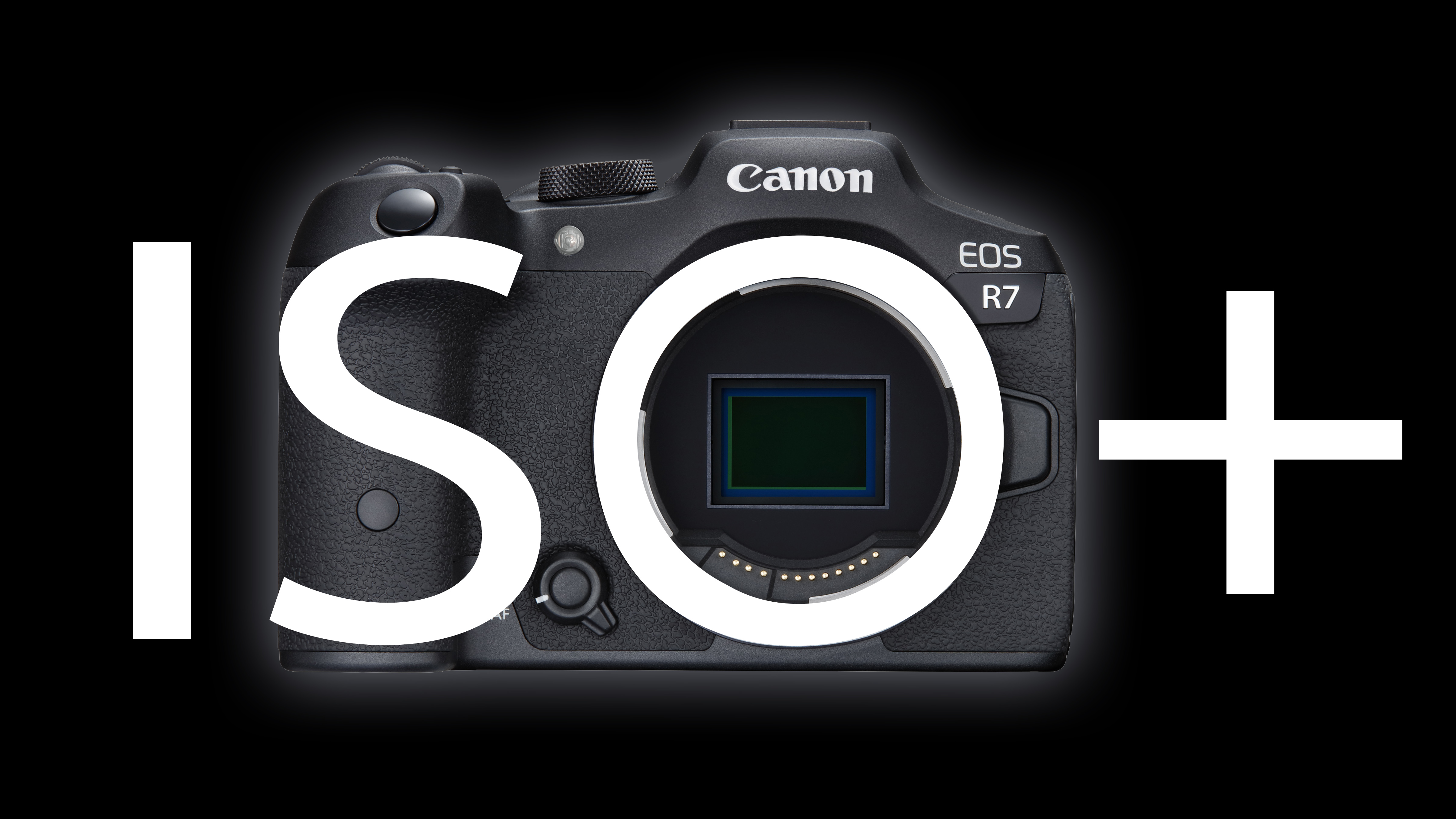
Canon has just done something amazing that I didn't even know was possible: it has massively boosted the EOS R7's ISO range, giving this APS-C camera the sensitivity of a full-frame body – and it's been done via the magic of firmware.
Announced at the China International Public Security Products Expo, the Canon EOS R7's sensitivity just rocketed from ISO32000 (51,200 expanded) to ISO204800.
"Through the ISO expansion firmware upgrade, the ISO204800 sensitivity enables the EOS R7 to have stronger shooting capabilities in extremely low light conditions, and can capture more details".
This isn't the first time that Canon has done incredible things with firmware; back in 2022, it imbued the Canon EOS R5 with the ability to shoot 400MP photographs – a tenfold increase on its native resolution.
Still, I can understand the feasibility of this upgrade; the R5 already had an in-body image stabilization system, so the firmware simply added the ability for it to use pixel shift multi-shot technology (which shifts the image sensor between shots to create an artificially larger pixel area).
Firmware that magically makes a sensor more sensitive to light, though? I didn't have a clue that could be done.
Which raises the obvious question: can Canon do the same for other camera models? And if so, can other manufacturers do the same for their cameras as well?
Either way, the upgrade gives the R7 a superior ISO range to full frame cameras like the EOS R5 Mark II and the Nikon D850. Obviously I won't know until I try it myself, but on the surface this would redress one of the big differentiators between APS-C and full frame bodies: their low light performance.
Which gets me thinking: if we apply the same tech to even smaller sensors, maybe the playing field could finally be level for Micro Four Thirds cameras…

You might be interested in the best low light cameras, along with the best Canon cameras.







